TravelDeparture Gate: Arugam Bay
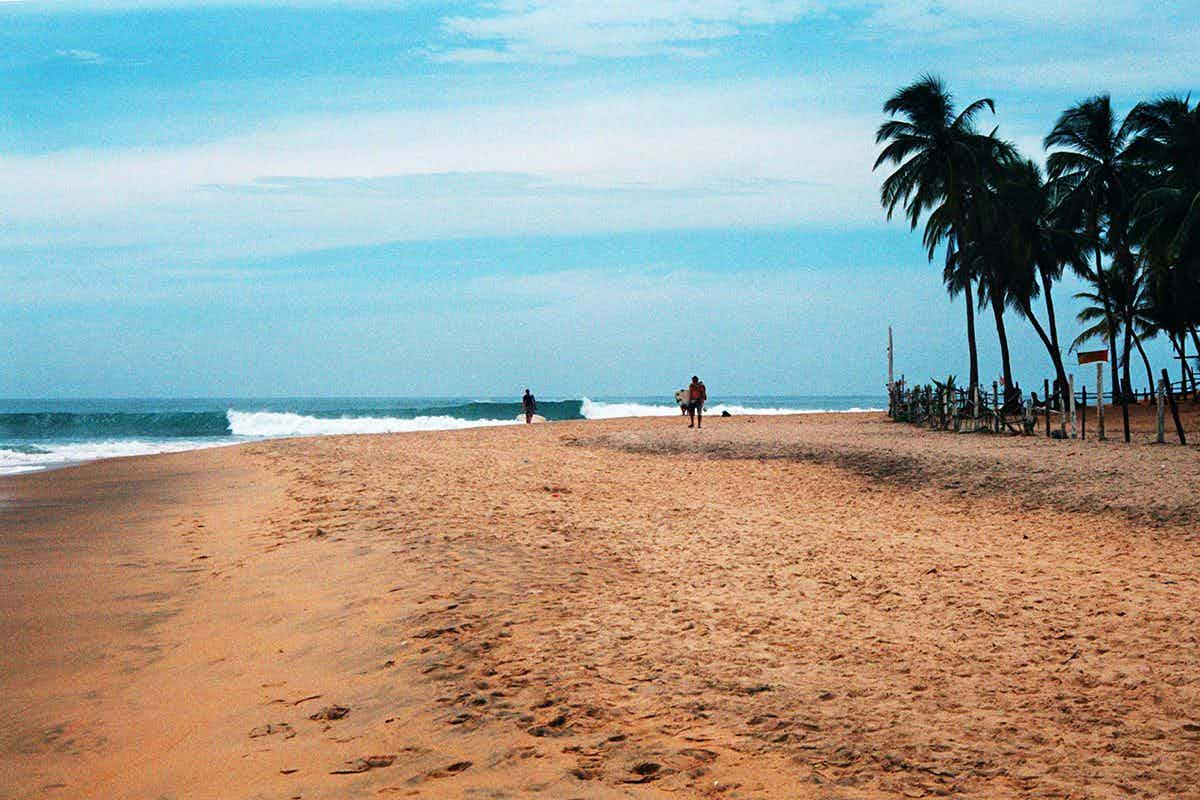
Often described as “a teardrop falling from the tip of India”, the tropical island of Sri Lanka has for centuries attracted travellers lured by stories of palm-fringed beaches, elephants, spices, and fascinating culture. Over the past fifty years growing numbers of surfers have also been drawn to the island thanks to its variety of friendly surf breaks and a reputation for tropical perfection, and one of the star attractions is Arugam Bay on the south east coast.
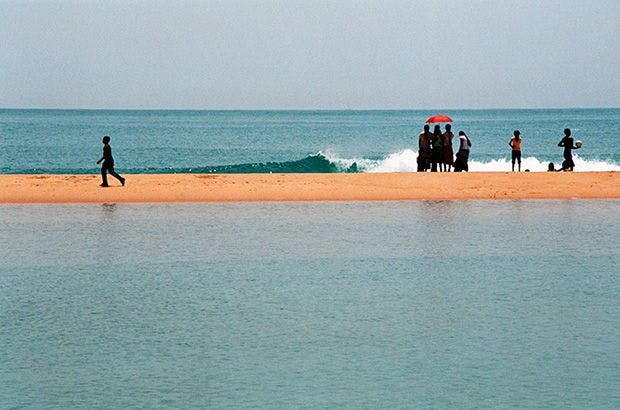
Sri Lanka sits in the Indian Ocean just north of the equator, between the Arabian Sea to the west and the Bay of Bengal to the east. Its two annual monsoons (the South West Monsoon in the Northern-Hemisphere summer and the North East Monsoon in the winter) divide Sri Lanka’s surf seasons evenly between the East and West Coasts. In the summer months the East Coast receives swells generated by the winds of the SW Monsoon that wrap around the southern tip of the island, as well as long distance groundswells generated in the lower latitudes of the Indian Ocean that arrive from the south and south east. These swells pass several right hand point breaks before they arrive at the tip of Arugam Bay. Here, a limestone reef (the remains of an ancient coral reef) at the tip of the point helps to trap sand and a fun and workable right hander peels off down the resultant sand bar for 500 metres or so into the bay.
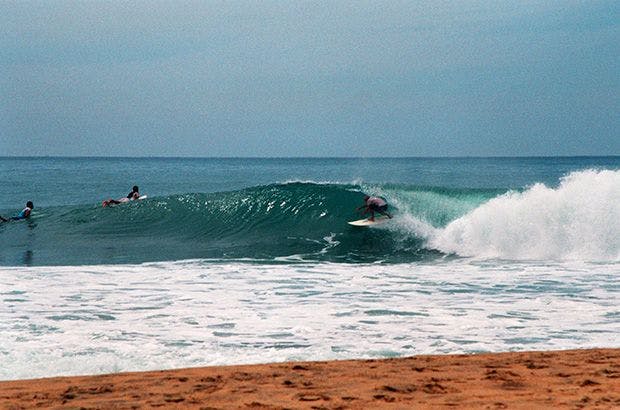
The first section at the top of the point where the wave breaks over a mix of sand and reef is fast and can be hollow, and as the wave rounds the corner and starts to run down the point it transforms into a playful wall with easily makeable sections that diminish in size as the wave follows the edge of the beach deeper into the bay. Arugam Bay is not for the most part a challenging wave to surf, unless the waves tip over the 2m/6ft range and it starts to section more or the tide is low and the reef begins to make itself known at the top of the point. The main challenge comes in the form of the crowds, as Arugam’s reputation for fun, playful, waves in an exotic setting pull in numerous surfers of all abilities; the local surfers rightly dominate, and there is a permanent rotation of international rippers, European backpackers and Israelis – with the latter competing ruthlessly for set waves (regardless of ability) and unfortunately earning themselves a less than positive reputation. The best way to avoid the crowds in peak season (May – August) is to surf early when the wave suffers from a bit of morning sickness and the faces can be a bit bumpy. By 9am the offshore will have arrived and so to will the masses, until late morning or midday when the daily sea breeze blows in from the south or south east and starts to mess up the outside sections at the top of the point. Arugam is surfable right the way through, but it is the mid-morning slot that offers the best shot at perfection and is therefore the most heavily fought over. Through the middle of the day the long rides and tropical sun can make the paddle back up the point unappealing, and the fact that there is a palm-shaded café at the top of the point often makes the run-around a preferable option.
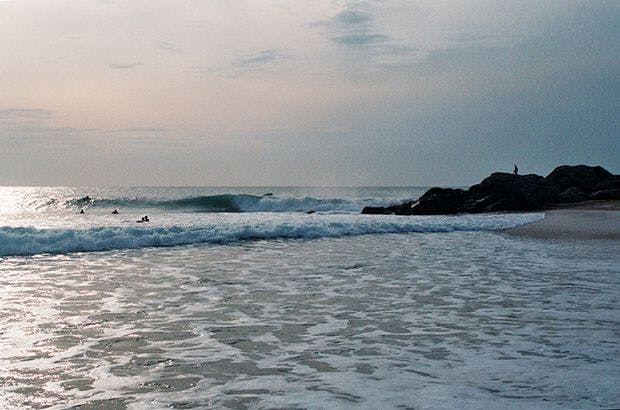
If the crowds get too much then there are other less frequented waves within a tuk-tuk ride either side of Arugam. 4km to the north you will find Pottuvil Point and Whiskey Point (pictured above) – Pottuvil is a long right hander that breaks incredibly close to the beach, whilst Whiskey Point breaks off a rocky outcrop and is a soft and fun right suitable for all abilities. To the south of Arugam the breaks of Crocodile Rock (a twenty minute walk in) and Peanut Farm (a bouncy off-road ride in a tuk-tuk) offer alternative right hand points, with Peanut Farm being the more quality of the two offering sucky waves that break off the rocky outcrops on the outside. An hour down the coast, Okanda is the closest wave to rival Arugam Bay in both quality and consistency. Here, waves break over an outside sandbar before wrapping around a low, bulbous rocky outcrop and racing through to the inside.
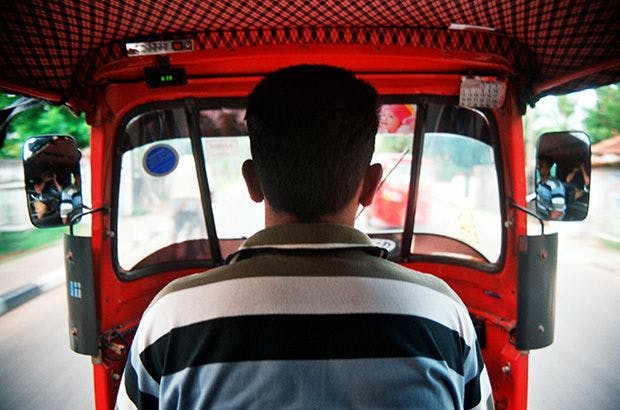
Arugam Bay is often compared to Bali in the 1970s and 80s, as obvious similarities are drawn between the tropical islands on the hippy trail with spiritual cultures, cheap living and perfect waves. Arugam’s appealing lack of development is down to two factors – the civil war that raged in the North and East of the country for 26 years and only recently came to an end in 2009, and the distance from the airport in the capital city Columbo an eight-hour taxi ride (or even longer bus journey) away on the other side of the country. In addition to these twin deterrents, in 2004 Arugam was flattened by the devastating Boxing Day tsunami just as it was starting to reestablish itself as an international surf destination. The destruction wrought by the three enormous waves on that fateful day is still visible in the village, and many of the locals have more than their fair share of horror stories to tell. Despite all of these setbacks the local population is friendly, welcoming and full of smiles. There is a range of accommodation along the main road and lining the point (with prices increasing as the distance to the top of the point decreases), and plenty of places to eat – Sri Lanka’s staple dish is rice and curry, whilst roadside roti stands provide perfect surf fuel throughout the day.
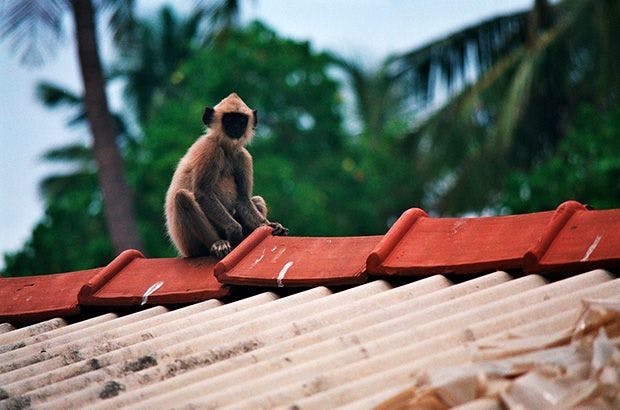
The Lahugala and Yala National Parks nearby provide plenty of opportunities for wildlife spotting nearby, from elephants and leopards through to birds and monkeys, although you’ll probably already have seen (and heard) your fair share of monkeys – most likely the grey langur – running across the rooftops at your accommodation and causing mischief. Sri Lanka also has plenty of interesting temples and Buddhist shrines to check out, and you can break up your journey to or from the airport on the East coast with a short stay in the central hill country where you can hike to misty peaks, visit tea plantations and ride the colonial era train line.
WHERE: Colombo (CMB)
WHEN: Northern Hemisphere summer (May – September)
WHY: Fun, playful right hand pointbreaks in a tropical setting.
HOW: Standard shortboard and a fish or longboard for smaller days.